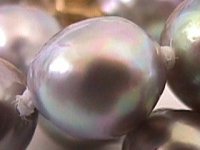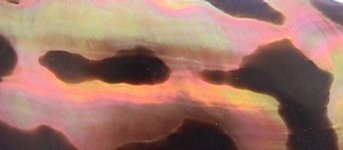V
Valeria101
Guest
Perle said:I won't start with the quality of orient being on a spectrum[...]
[...] I meant to say is, how is the majority definition different?
What Strack describes in connection with Tahitian cultured pearls (which sounds to me like several overtones caused by thin film interference, but little or no diffraction?) - would this be considered “orient” by the majority? Basically, several overtones = multi-color (but not necessarily rainbow) shifts = iridescence = orient?
Sorry, you got me lost...
I do not have the Strack book (the last w/o it on the forum !??)... and from the scarce memory of optics at hand, I am not sure I understand how one type of nacre would favor diffraction v.s. interference and how the full range of spectral colors dissociated through either effect end up as different visual effects of orient 'color' etc.
On one hand, on another - what is a 'majority' definition of orient?
I can only imagine what a long story this is, so I am definitely not asking for the answer here. There is a stack of sources I have stashes and never went through
Besides, black lip keshi seem to have just about any color under the sun. What does prompt Strack's comment about Tahitian pearls?
Last edited by a moderator:



